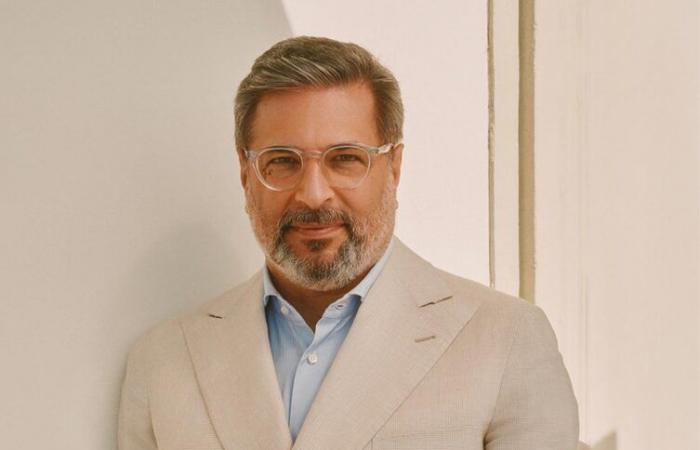
Behind the name, there is a genius watchmaker, Michel Parmigiani. The first particularity that the public remembers today is belonging to the Sandoz foundation, true watchmaking patron.
The watchmaking center was opened twelve years ago, with the idea of creating a brand (just one) and with its integrated artisanal production factory. A very long-term, almost anachronistic vision, which was perceived as very risky at the turn of the 2000s. The challenge is met in this current high-end market, characterized, among other things, by the growing importance of original and authentic watchmaking content. Parmigiani Fleurier has thus gradually built itself up as a true brand with a refined, timeless style and to serve true collectors.
The story begins with the restoration of the Sandoz family watch collection. That’s when they asked Michel if he wanted to create a brand, offering to support him financially in this venture. Michel accepted, with the aim, at the end of the quartz crisis, of re-establishing the know-how of traditional watchmaking. This was possible thanks to his immense knowledge of the history of watchmakingthe finesse of the finishes, the components and the movements. Like a restaurateur, he built the brand from the inside out. With the Foundation, they invested in a “living museum”, as a restorer or curator of a living museum would have done.
At the time, it was another time, but the intrinsic values emanating from Michel himself were able to reach a target of watchmaking connoisseurs: cultural depth, mastery of the profession, knowledge of the history of watchmaking, with a discreet style. Because the restorer is working on someone else’s creation. The restaurateur must not put himself forward; it must value the original creator. This tension between this know-how and this high competence forms a bias of discretion, of absence of ego, which are the foundations of Parmigiani. This trademark has become the DNA of the brand. Today, it gives the house purity, watchmaking spirit and artisanal art.
The brand was able to reach a clientele, despite its non-commercial nature, while everyone was turning to quartz and the emphasis was placed more on aesthetics than on the technical aspect. The renaissance of mechanical watchmaking began at the beginning of this century, with a strong comeback of mechanical watches, which today dominate in terms of value on the market.
This is the story – very summarized of the brand – and its pivot to go from restorer to true brand of refined fine watchmaking.





